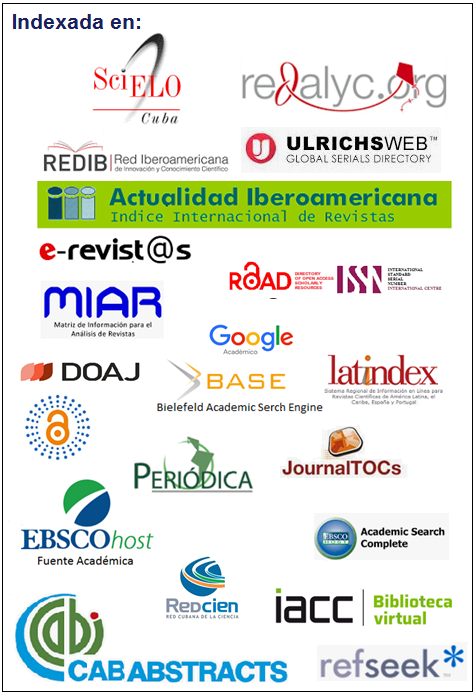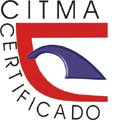Algunas consideraciones petrológicas sobre la secuencia vulcanógeno sedimentaria del cretácico relacionada con el yacimiento Júcaro de Pinar del Río
Abstract
Las rocas vulcanógeno-sedimentarias cretácicas de la Fm. Encrucujada constituyen la más antigua y productiva secuencia eugeosinclinal de la zona estructurofacial Bahía Honda, donde se localiza ampliamente la mineralización metálica, entre las que se distingue la piritica-calcopirítica del yacimiento Júcaro. La caracterización petrológica de esta formación permite, establecer su relación con rocas similares en Sierra del Rosario y en la estructura regional correlacionar las zonas estructurofaciales Bahía Honda y San Diego de los Baños. Los basaltos, diabasas y sus pórfidos, calizas, pedernales y rocas piroclásticas que la constituyen, han sido notablemente afectados por intensos procesos secundarios durante el desarrollo geológico hasta su emplazamiento actual.Downloads
Download data is not yet available.
Published
1987-06-19
How to Cite
Cáceres-Govea, D., Cruz, E. M., & Rodríguez, I. (1987). Algunas consideraciones petrológicas sobre la secuencia vulcanógeno sedimentaria del cretácico relacionada con el yacimiento Júcaro de Pinar del Río. Minería & Geología, 5(2), 11–21. Retrieved from https://revista.ismm.edu.cu/index.php/revistamg/article/view/648
Issue
Section
Articles
Copyright & Licensing
- Authors retain copyright and guaranteeing the right magazine to be the first publication of the work as licensed under a Creative Commons Attribution-NonCommercial that allows others to share the work with an acknowledgment of the work's authorship and initial publication in this journal.
- Authors may establish separate supplemental agreements for the exclusive distribution version of the work published in the journal (eg, place it in an institutional repository or publish it in a book), with an acknowledgment of its initial publication in this journal.
- Authors are allowed and recommended to disseminate their work through the Internet (e.g., in institutional telematic archives or on their websites) before and during the submission process, which can produce interesting exchanges and increase citations of the published work. (See The effect of open access)



